View/Download this article in PDF format.
Taxpayers for Common Sense, with the Reason Foundation and American Bus Association, today released a report prepared by M.J. Bradley and Associates titled “Supporting Passenger Mobility and Choice by Breaking Modal Stovepipes: Comparing Amtrak and Motorcoach Service.” Similar to the report this group released together comparing the Essential Air Service program to private bus service, the purpose of today’s report is to consider how best to provide mobility to Americans in the most efficient and cost-effective manner possible. Federal policy and spending often segments different modes of transportation, resuling in less efficient travel choices, unnecessary expenditures, and decreased service for travelers.
What follows are the report’s key findings. You can download the complete version of the report here: Full Report. You can see the joint press release for the report here: Press Release.
Key Findings
This analysis compares customer costs (fare, travel time) and societal costs (government subsidies, air emissions) associated with twenty specific trips that can currently be taken between select U.S. city pairs on both an Amtrak train and on a scheduled intercity motorcoach bus. These specific trips were chosen to provide a representative comparison between these travel modes over a range of geographies, both urban and rural, and to include trips taken on the three major types of service operated by Amtrak (Northeast Corridor, including Acela; other short-corridor trains; and long-distance trains). The majority of these trips are between 100 and 200 miles one-way, while one is shorter and several are longer.
The key findings of this analysis are as follows:
Time and Schedule
- In general there are more schedule options by bus than by train. For all but one of the trips there are more scheduled buses each week than trains; for half of the trips there are more than twice as many scheduled buses per week.
- Total travel time is comparable for these modes; for ten of the twenty trips total travel time is shorter by train than by bus; for the other ten trips total travel time is shorter by bus. For half of the trips the difference in travel time between modes is less than one hour.
Passenger Cost and Government Subsidies
- For thirteen of the twenty trips the minimum one-week advanced purchase fare is lower for the bus than the train.
- Considering fully allocated costs (capital and operating expenses) motorcoaches average ($/passenger) less than 25% of the cost to provide comparable Amtrak service. The average savings to passengers and taxpayers to provide bus service over train service ranges from $17.03 to $422.39 per passenger.
- For two of the twenty analyzed trips Amtrak on average generates enough passenger revenue to cover both operating and capital costs (i.e. they are “profitable”). For the remaining eighteen trips average passenger revenue does not cover Amtrak’s fully allocated expenses. For the remaining eighteen trips the average government (state and federal) subsidies to Amtrak range from $21.93/passenger to $289.56/passenger. By comparison, for the twenty trips analyzed the total indirect capital subsidies (Highway Trust Fund outlays) provided to support surface transportation range from $0.09/passenger to $0.74/passenger.
Environmental Efficiency
- Excluding the Northeast Corridor, where Amtrak operates electric locomotives, the average impact of scheduled intercity motorcoach service on air quality is lower than the impact of Amtrak service. Average per-passenger emissions of particulate matter and nitrogen oxides are approximately 80% lower for motorcoach trips than for Amtrak trips, and average emissions of volatile organic hydrocarbons are approximately 90% lower.
- For all trips, including those on the Northeast Corridor, the average impact of scheduled intercity motorcoach service on climate change is lower than the impact of Amtrak service. Average per-passenger emissions of carbon dioxide are 45% – 65% lower for motorcoach trips than for Amtrak trips.



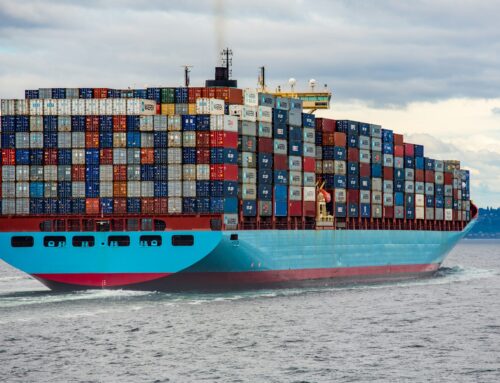

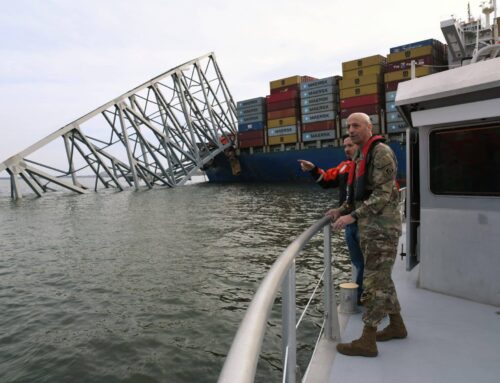
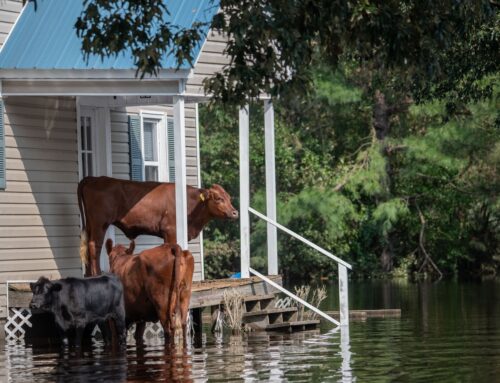


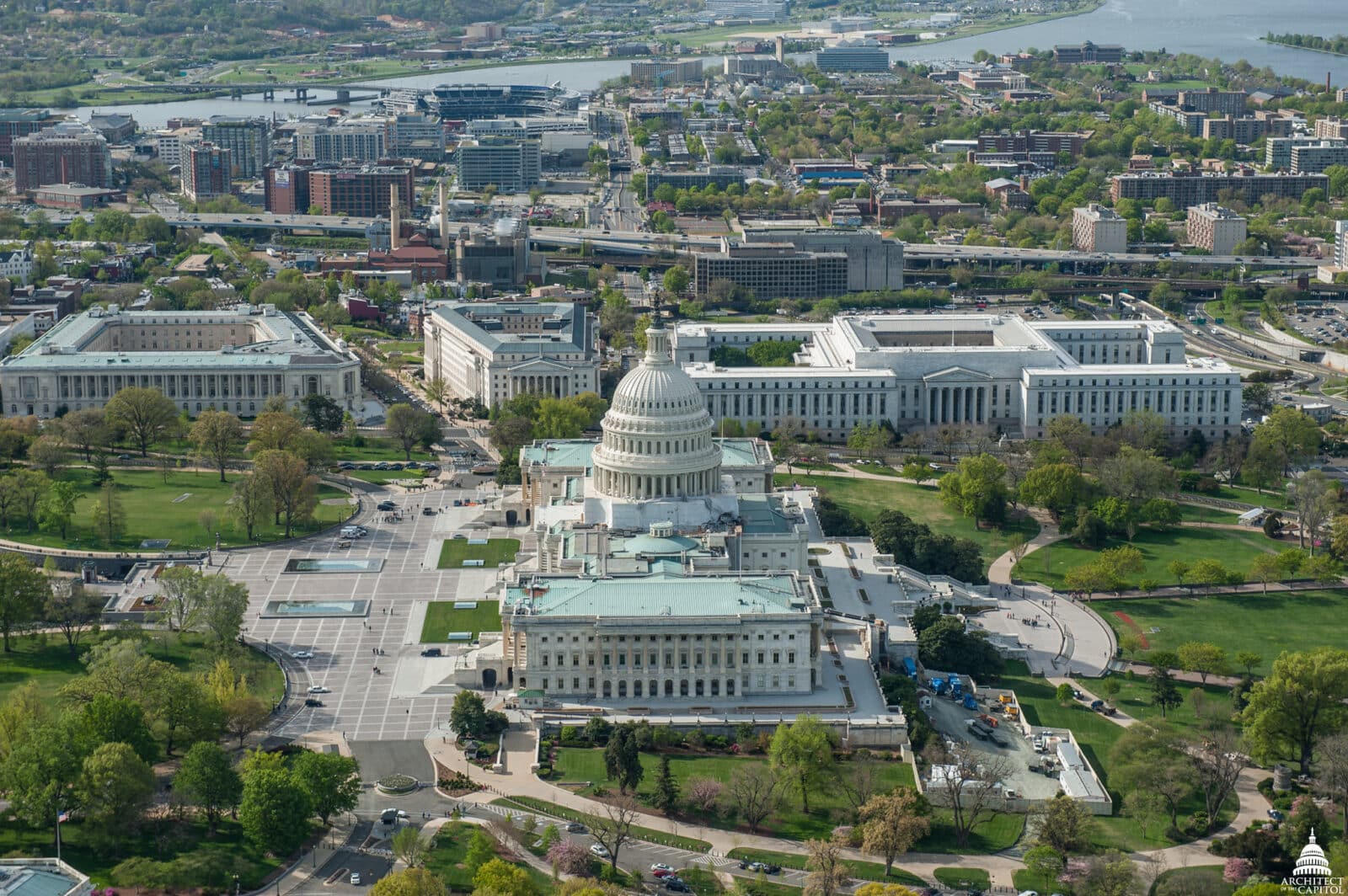
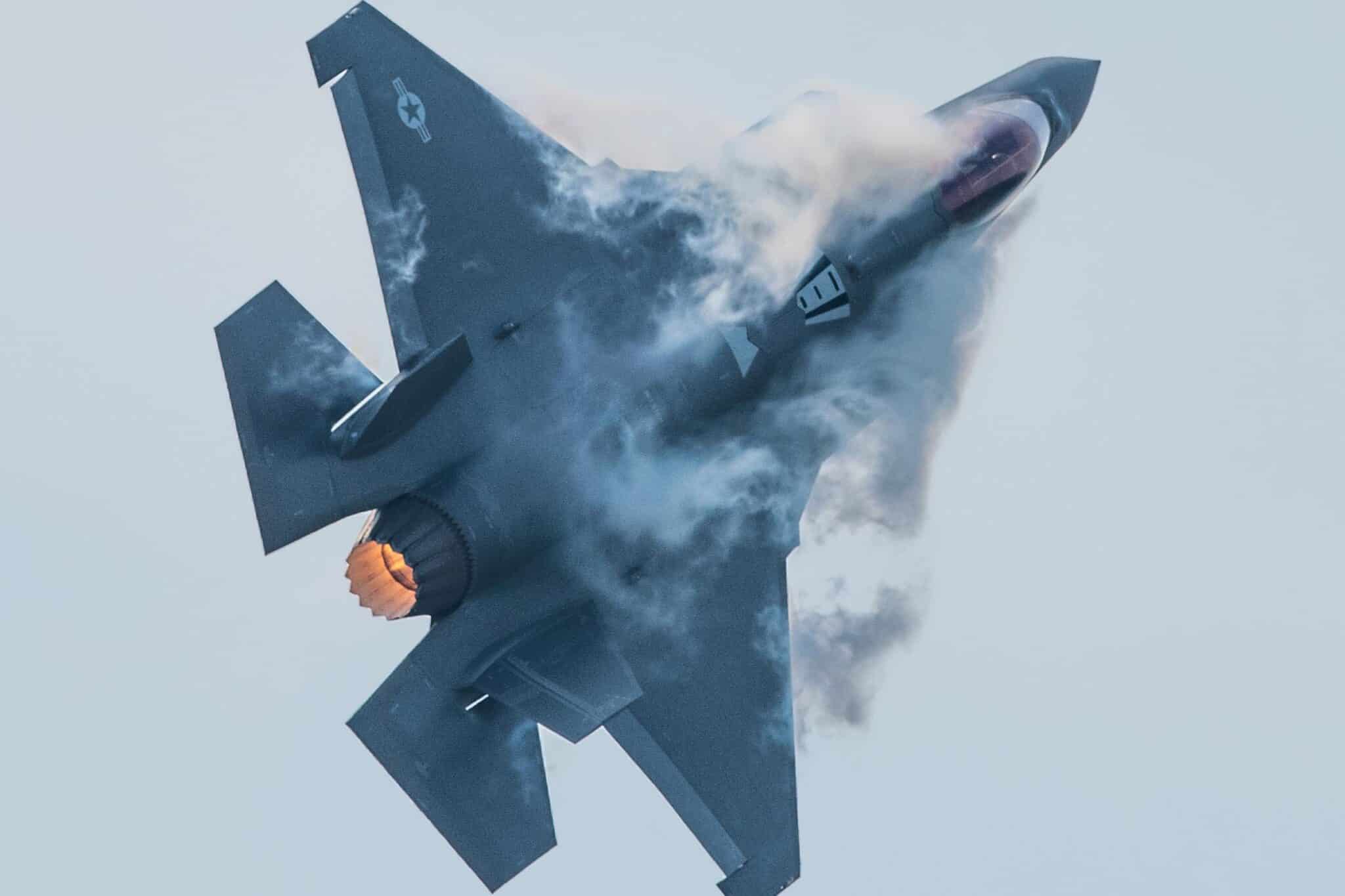


Get Social